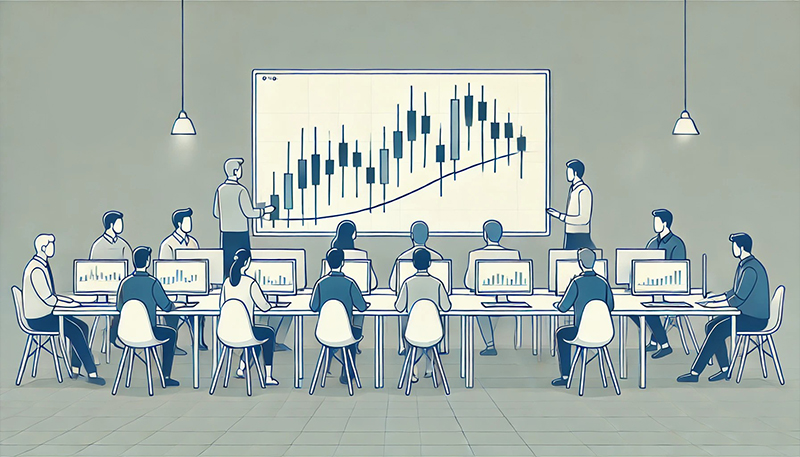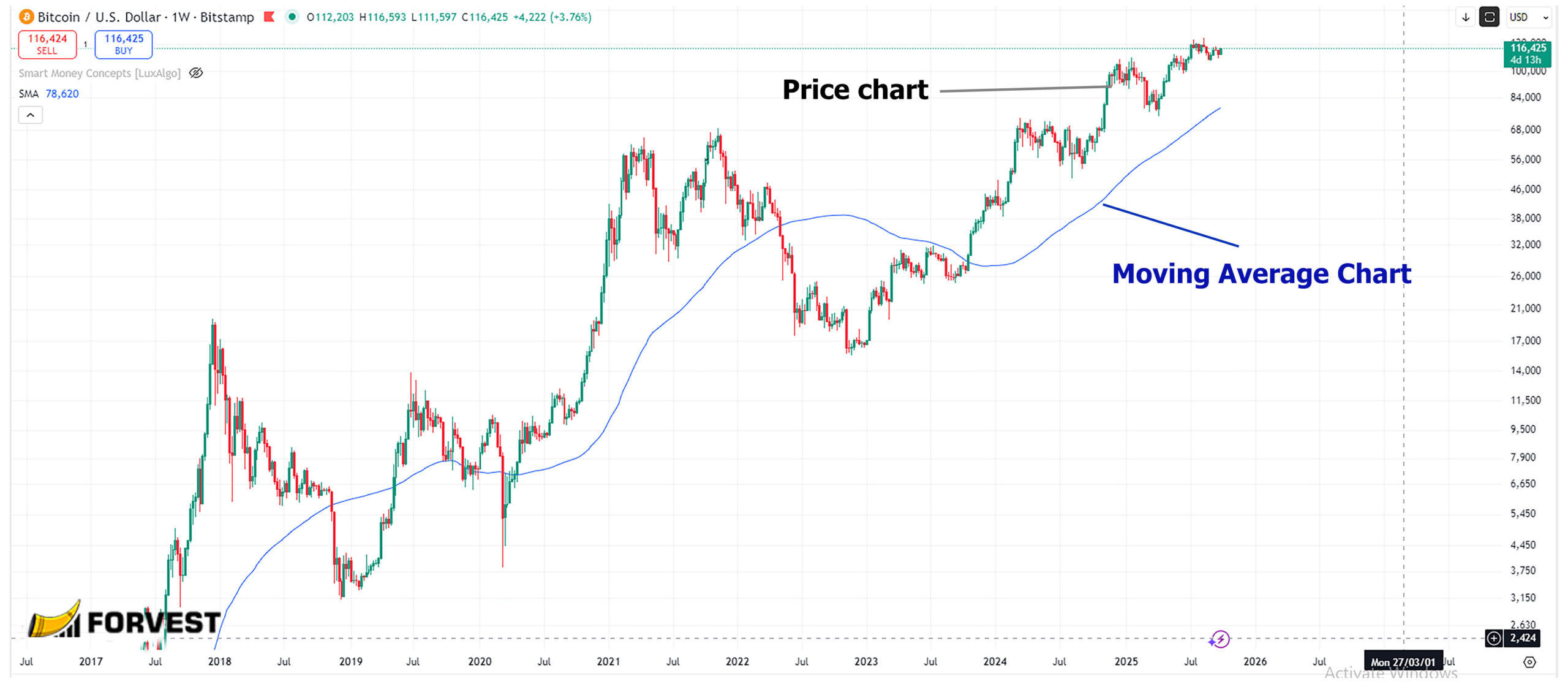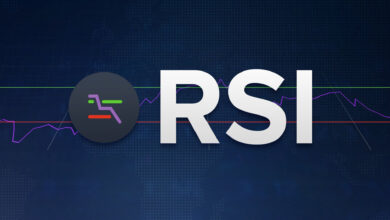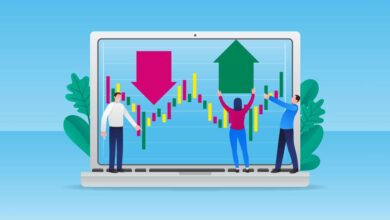
# What Is a Moving Average Indicator? A Beginner’s Guide to Trend Trading
Introduction
The moving average (MA) is one of the most widely used indicators in all of trading—from crypto and stocks to forex and commodities. Why? Because it’s simple, powerful, and gives traders a clear view of the market’s overall direction.
In this guide, we’ll explain what a moving average is, how it works, the difference between types of moving averages, and how traders use them to spot entries, exits, and reversals.
📌 Related: Ready to start building your strategy? Check out How to Create a Trading Strategy
What Is a Moving Average?
A moving average is a line that smooths out price data by averaging a set number of past prices. This helps eliminate noise and shows the underlying trend more clearly.
For example: a 20-day MA shows the average price over the last 20 days. Each new day, it “moves” forward by one candle.

Why Use Moving Averages?
- Identify bullish or bearish trends
- Smooth price action to filter out volatility
- Confirm trade signals with other indicators
- Spot support and resistance levels
📌 Related: Learn to combine MAs with candlestick patterns in Best Candlestick Analysis Books
Types of Moving Averages
1. Simple Moving Average (SMA)
Calculates the average price over a fixed period
Best for long-term trend analysis
2. Exponential Moving Average (EMA)
Gives more weight to recent prices
Reacts faster to price changes than SMA
Popular for short-term strategies
3. Weighted Moving Average (WMA)
Like EMA, but with custom weights
Used for more advanced smoothing techniques
Popular MA Strategies in Crypto and Trading
✅ MA Crossover Strategy
Buy when a short MA crosses above a long MA (bullish crossover)
Sell when it crosses below (bearish crossover)
✅ Dynamic Support/Resistance
Price often reacts to key moving averages like the 50 or 200 MA
Acts as floating levels for bounces or breakouts
✅ Trend Confirmation Tool
Combine MA direction with RSI, MACD, or candlestick patterns for more accuracy
📌 Related: See how indicators work together in Technical Indicators in Crypto Trading
Which Timeframe Should You Use?
| MA Length | Use Case |
|---|---|
| 9, 10, 12 EMA | Short-term trading |
| 20, 50 SMA/EMA | Swing trading, trend confirmation |
| 100, 200 SMA | Long-term trend, market bias |
Start by testing combinations like the 50/200 crossover (golden cross/death cross).
📌 Related: Learn to test these setups in Backtesting Trading Strategies
How to Use Moving Averages in Trading
1. Identifying Trend Direction
Rising Moving Average → Uptrend (bullish market).
Declining Moving Average → Downtrend (bearish market).
Flat Moving Average → Sideways or ranging market.
2. Moving Average Crossover Strategy
One of the most popular trading strategies involves two Moving Averages:
Bullish Signal: When a short-term MA (e.g., 10-day EMA) crosses above a long-term MA (e.g., 50-day SMA), it signals a buying opportunity.
Bearish Signal: When a short-term MA crosses below a long-term MA, it signals a selling opportunity.
3. Moving Average as Dynamic Support & Resistance
Price bouncing off a Moving Average suggests it is acting as a support (buy zone).
Price rejecting from a Moving Average indicates it is acting as a resistance (sell zone).
4. Using Moving Averages with Other Indicators
For better accuracy, Moving Averages should be combined with other indicators such as:
Relative Strength Index (RSI) → Confirms trend strength.
MACD (Moving Average Convergence Divergence) → Provides momentum signals.
Bollinger Bands → Identifies volatility levels.
Common Mistakes to Avoid
Using the wrong time frame: Adjust the MA length based on your trading style.
Over-relying on Moving Averages: Always use them with other indicators for confirmation.
Ignoring market conditions: Moving Averages work best in trending markets, but less effectively in choppy or ranging markets.
Moving Averages in Crypto Trading
Crypto markets are highly volatile, making Moving Averages an essential tool for traders. Here’s how they apply:
Long-term traders use the 200-day MA to identify the macro trend.
Day traders rely on 20-day or 50-day EMAs for quick decisions.
Swing traders look for MA crossovers to catch momentum shifts.
For a deeper analysis of crypto investment strategies, check out our Crypto Trust Score Analysis.
Related: Curious about using technical indicators like Moving Averages? Check out our complete MA guide
Conclusion
Moving averages are a foundational part of every trader’s toolkit. Whether you’re identifying trends, timing entries, or confirming signals, they offer clarity in volatile markets.
🚀 Start simple: add a 50-day EMA to your charts and watch how price interacts with it. Then layer in more MAs as your strategy evolves.
Ready to put your MAs to work? Head over to How to Create a Trading Strategy and build your system step by step.
Rating of this post
Rate
If you enjoyed this article, please rate it.
FAQs: Moving Average Indicator
The 50-day and 200-day Moving Averages are commonly used for long-term trends, while the 10-day or 20-day EMA is useful for short-term trades.
When the price is above a rising MA, it indicates a bullish trend. When it’s below a falling MA, it signals a bearish trend.
Yes! Day traders often use the 9-day EMA and 21-day EMA for short-term signals.
While Moving Averages help smooth out price action, they should always be combined with other indicators for better accuracy.
The Golden Cross (50-day MA crosses above 200-day MA) is a strong buy signal, while the Death Cross (50-day MA crosses below 200-day MA) is a sell signal.
It depends. EMA is faster and good for short-term trades. SMA is smoother and better for long-term trend spotting.
Yes! MAs are widely used in crypto, especially on BTC, ETH, and altcoins. But they work best in trending—not choppy—markets.
It’s when the 50-day MA crosses above the 200-day MA. Traders see it as a strong bullish signal.
Yes, especially with crossovers or bounces. But confirm with volume or other indicators.
Absolutely. Many crypto bots and quant strategies still rely on moving average logic.
Rating of this post
Rate
If you enjoyed this article, please rate it.



